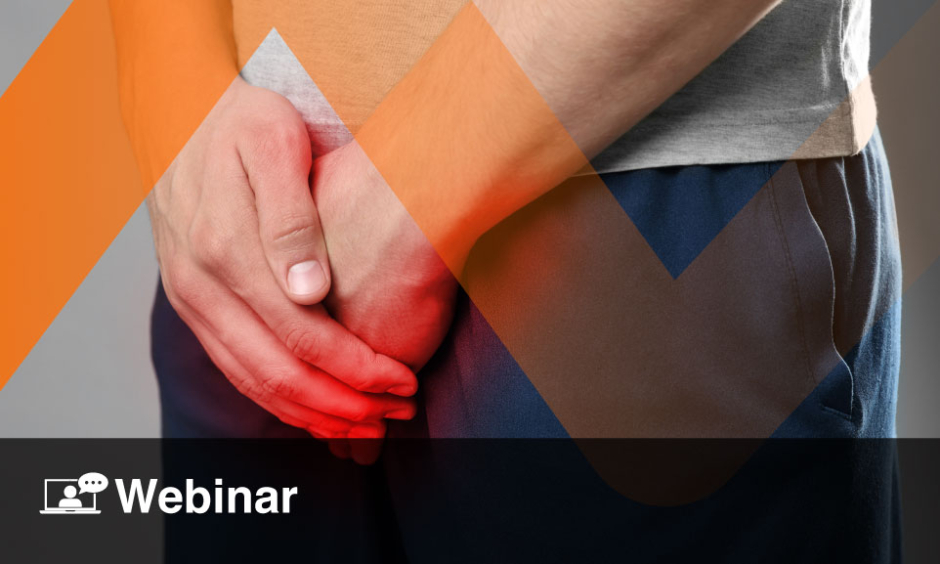URETEROLITHIASIS affects millions of people worldwide. Although the condition usually has a benign course, complications can include chronic kidney disease, infected stones, ureteral scarring, and urosepsis. To avoid the potentially high morbidity and mortality associated with this disease, it must be rapidly diagnosed and treated. Various treatment modalities exist, including extracorporeal shock wave lithotripsy (ESWL), percutaneous nephrolithotomy, and ureteroscopy.
Continual refinement and expansion of the treatment armamentarium for ureteric calculi is important to ensure practitioners provide the best care. Ultimately, this will help to reduce the burden of disease on both patients and healthcare systems. Therefore, a late-breaking abstract presented at the 2022 American Urological Association (AUA) Annual Meeting, 13th–16th May, evaluated ESWL plus extracorporeal physical vibration lithotripsy for the treatment of ureteral stones. This research was conducted by Han Yang from the Affiliated Hospital of Qingdao University, China, and collaborators.
Sixty patients with ureteral stones who visited the researchers’ hospital between June 2019–November 2020 were randomly assigned to either a control group or test group. Individuals in the control group received ESWL, while those in the test group received the combination of ESWL and extracorporeal physical vibration lithotripsy. At different timepoints after surgery, the lithotripsy rate, lithotripsy completion time, pain relief time, and complications were compared between the two groups.
The investigators found that the stone removal rate was significantly higher in the test group relative to the control group at 2, 3, and 5 weeks after surgery. Furthermore, the stone removal time, pain relief time, and hospitalisation time were shorter in the test group than the control group. Again, these differences were shown to be statistically significant. Lastly, the incidence of complications was lower in the test compared with the control group; however this difference was not statistically significant.
According to Yang and colleagues, the combined approach not only appears safe but can also “promote stone expulsion” and “shorten stone evacuation, pain, and hospitalisation time.”
REFERENCES
1. Glazer K et al. “Ureterolithiasis”, StatPearls [Internet] (2021) Treasure Island: StatPearls Publishing. Available at: https://www.ncbi.nlm.nih.gov/books/NBK560674/. Last accessed: 31 May 2022.








